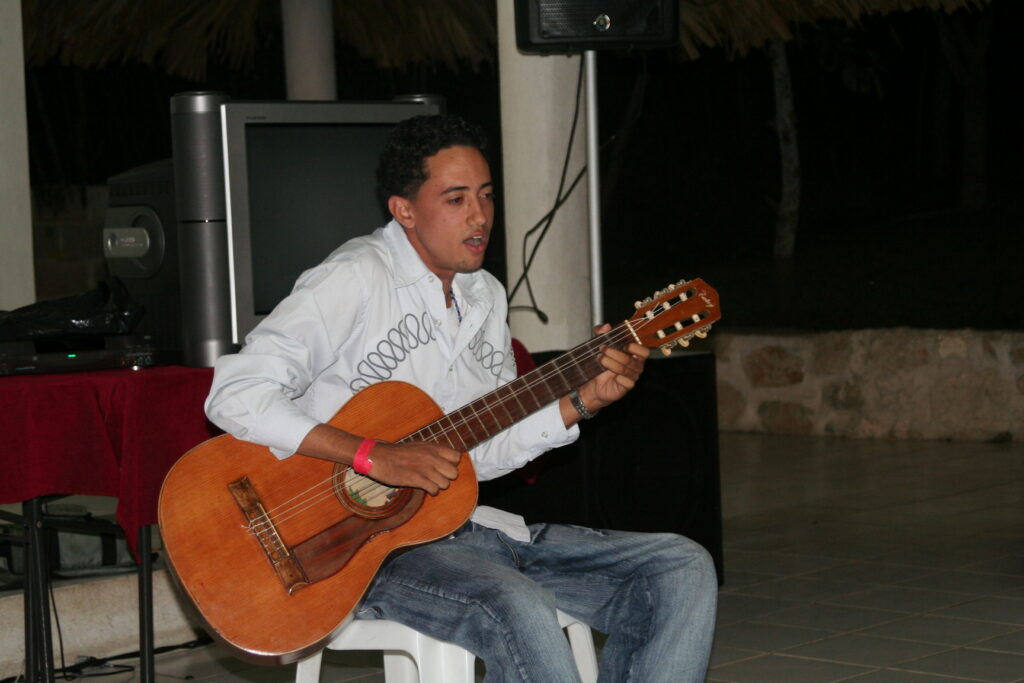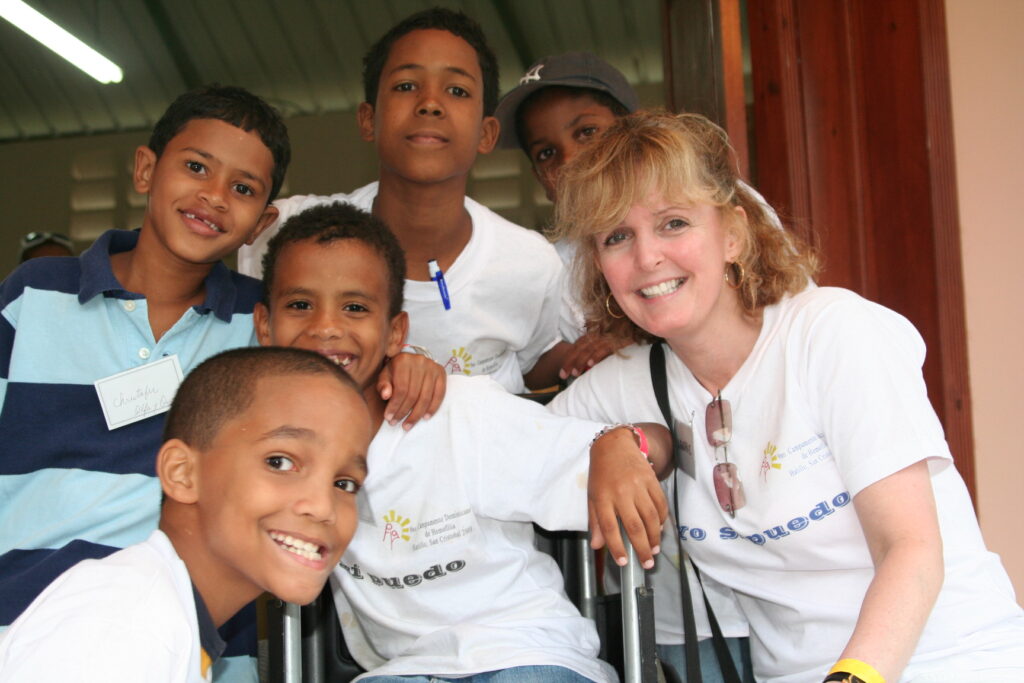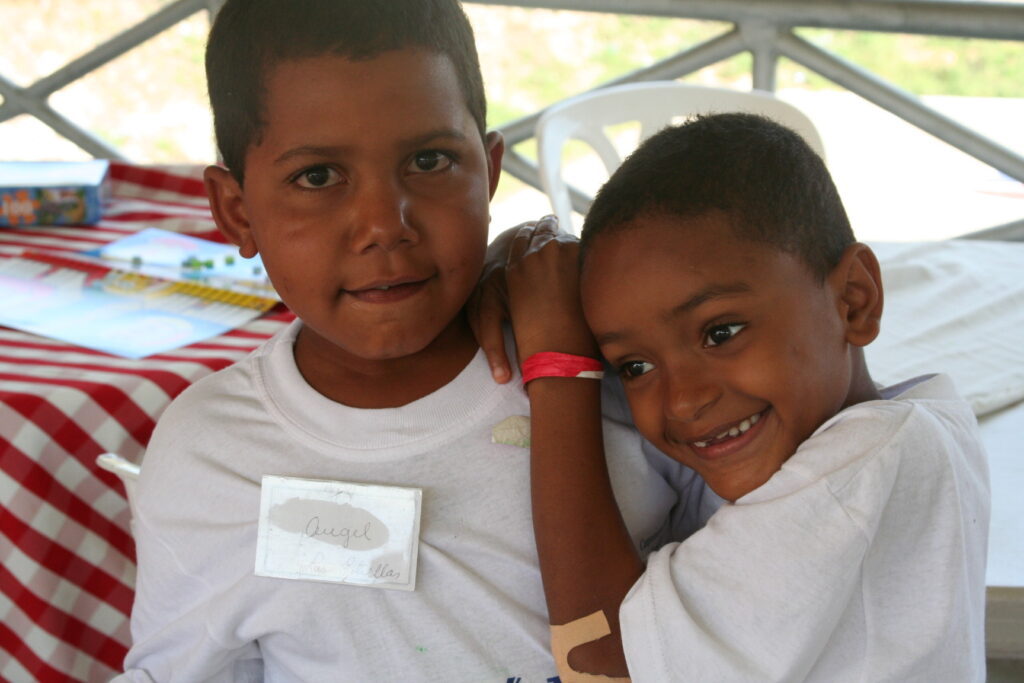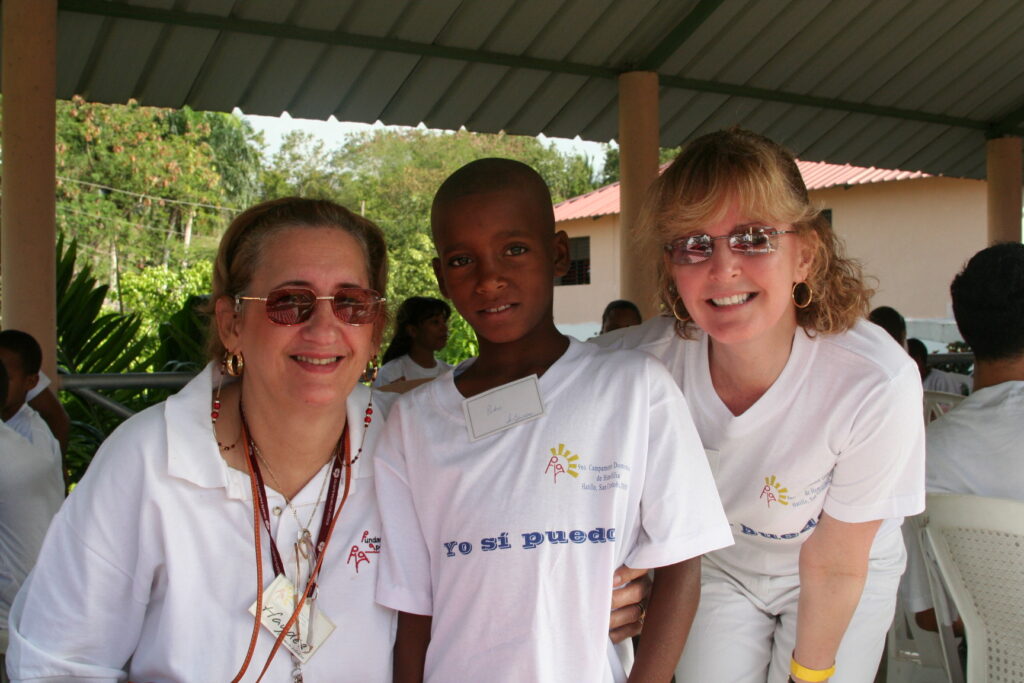Bulletproof Your Target Joints
Dr. Michael Zolotnitsky, PT, DPT
Originally published in PEN May 2020, ©LA Kelley Communications, Inc. www.kelleycom.com All rights reserved.
Growing up with hemophilia, I endured frequent joint bleeds into my ankles and knees while playing basketball. I was told that those were my target joints because I continued to bleed into the same joints, and that ultimately, this would cause hemarthropathy. I was put in braces, and told to use crutches, ice, rest, and elevate. All good things, right?
Well, have you heard of Steph Curry, the all-pro basketball superstar? He continuously experiences ankle sprains that force him to miss games. In our community, we would say that Steph has an ankle target joint; but he doesn’t have a bleeding disorder. So why do some people with a bleeding disorder get target joints, and others who experience similar injuries do not?
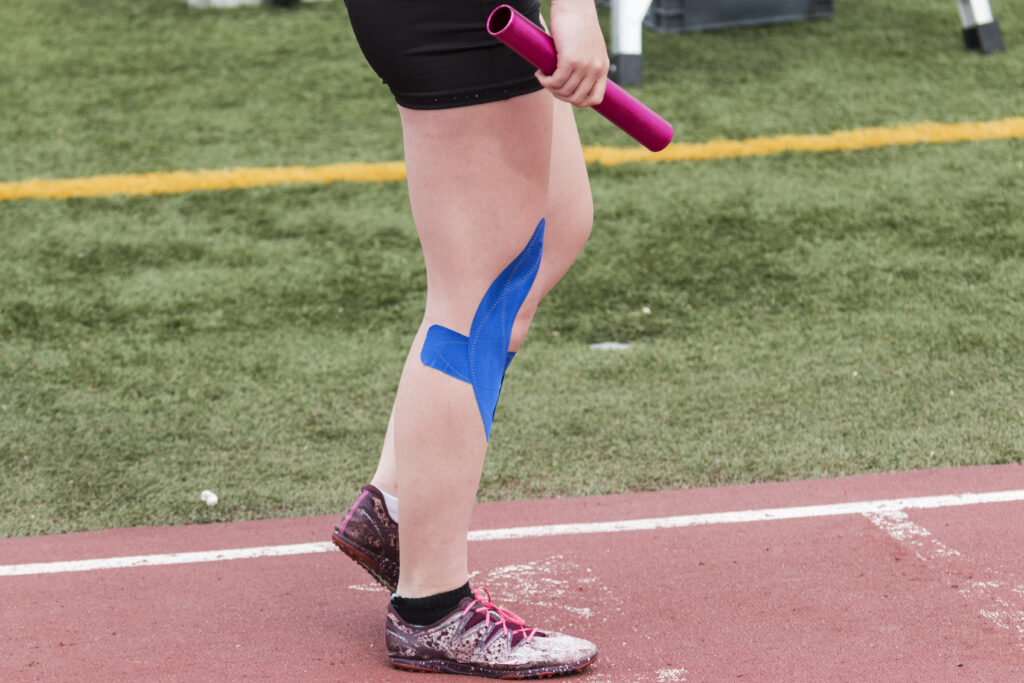
If an athlete has a low-level ankle or knee sprain, it takes 4–6 weeks for a ligament injury to recover. Recovery includes exercise to strengthen the lengthened ligament and exercises to stabilize the joint. A more intense sprain or strain takes 8–12 weeks to heal, with additional stability training recommended. Someone with a bleeding disorder has different recommendations: usually rest, avoid weight bearing, and ice. If this is all we do, we develop scar tissue, lose range of motion, and lose muscle mass. This turns into a negative cascade of events, because now that particular joint has limited mobility, stability, and flexibility.
When a joint is in a weakened state, it’s more likely to be reinjured. After four to six injuries per year, we call this cascade a target joint. This is all preventable with the appropriate post-injury exercise regimen. We must “bulletproof” our target joints, but how?
Let’s look at different treatment stages following an injury. When the initial injury occurs, we feel pain, our joint swells, it feels warm and tingly, and we begin to limp. First, follow the treatment protocol that is recommended by your hematologist. After that, consider this four-step return-to-activity protocol that I recommend:
Step 1: The initial focus is to reduce swelling, so apply kinesiology taping specifically for edema reduction by using the fan strip.1 (See “HemoDoc” videos on YouTube.)
Step 2: Active range of motion of the joint can improve blood flow in a non-weight-bearing position. For the ankle specifically, you can trace the alphabet with your foot, make ankle circles, and do gentle towel curls.2 This will reduce scar tissue adhesion and reduce the loss of range of motion.
Step 3: Now begin to strengthen the joints and ligaments by employing gentle resistance. It takes three days to lose strength, but six weeks to regain it, so for a low-level ligament sprain, I recommend performing these exercises three to four times per week, for six to eight weeks.
Step 4: Gently and gradually return to activity.
In my first 13 years of life, I was continuously in and out of the hospital for insidious joint bleeds. I began to exercise and took control of my own life. This is what inspired me to become a physical therapist. And for the past 15 years, I have not experienced joint bleeds, and I can say that I don’t have target joints. My dedication and focus now are to help people affected by bleeding disorders.
We are just like normal people. We get hurt; our muscles and joints are weakened. If we don’t take the appropriate measures to rehabilitate them, then we’re more likely to reinjure them, just like NBA star Steph Curry. Joint injuries are preventable with appropriate workouts and mobility exercises. Allowing our muscles to regain their strength is possible, and will ensure improved overall joint health. Let’s all bulletproof those target joints!
Dr. Michael Zolotnitsky is director of neurological rehabilitation at New Jersey Spine and Wellness in Old Bridge, New Jersey. He also has severe hemophilia A. He can be reached at 732-952-2292 and michael.zolotnisky@spineandwellness.com.
- A fan strip is a piece of tape that is cut in the shape of a fan. The head of the fan is placed above the area of the swelling, and four pieces are applied over the area without tension. This will allow a negative pressure gradient to occur to reduce swelling and improve circulation.
- Towel curls strengthen the inner foot. Place a towel flat on the floor and use your toes to grab the towel and curl it toward you. Then use your toes to push it away from you. Increase resistance by placing a weight on the towel.

